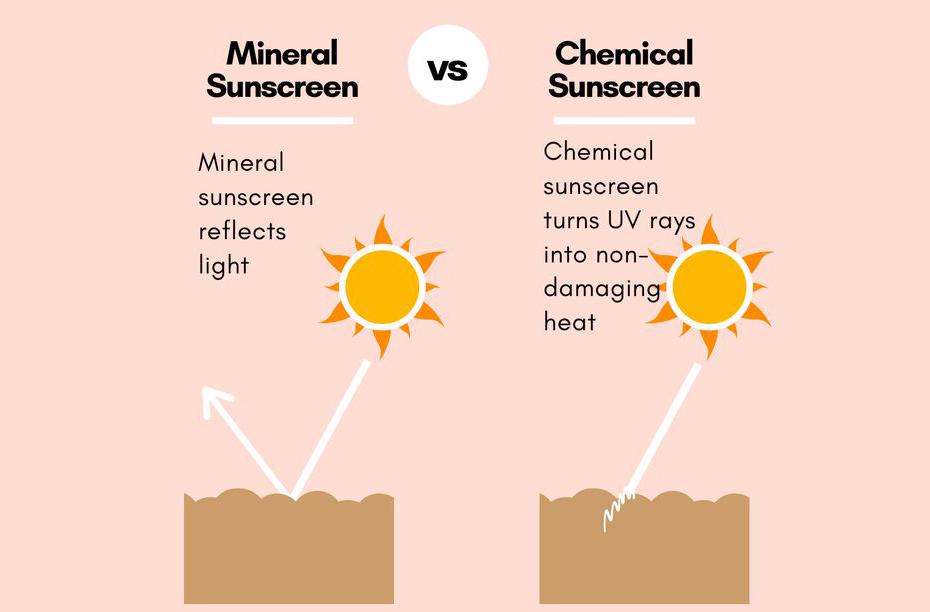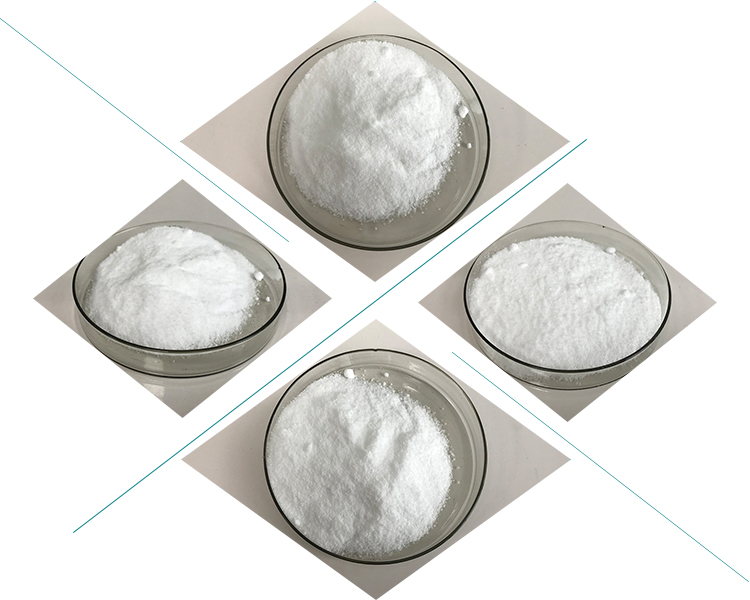Avobenzone is a commonly used chemical sunscreen ingredient that helps absorb UVB and short UVA rays. It is often used in combination with other sunscreen agents to provide broad-spectrum protection against the harmful effects of ultraviolet (UV) radiation. Here are some key points about Avobenzone:
1.Efficacy:
Avobenzone is effective in absorbing UVA rays, which are responsible for premature aging and skin damage.
It is not as effective against UVB rays, so it is often combined with other sunscreen agents to achieve broad-spectrum protection.

2.Side Effects:
Avobenzone is generally considered safe for use in sunscreen products.
Some individuals may experience skin irritation or allergies as a reaction to sunscreen products containing avobenzone. If irritation occurs, it is advisable to discontinue use and consult a healthcare professional.
3.Stability Issues:
Avobenzone has been known to degrade when exposed to sunlight. This can result in a loss of efficacy over time.
Formulations often include stabilizers or other ingredients to enhance the stability of avobenzone and prevent degradation.
4.Photostability:
The photostability of avobenzone can be improved when combined with other UV filters, such as octocrylene or octocrylene derivatives.
Sunscreen products with avobenzone may need to be reapplied more frequently, especially during prolonged sun exposure.

5.Compatibility:
Avobenzone is compatible with many other sunscreen agents, making it a common ingredient in broad-spectrum sunscreens.
6.Special Considerations:
Avobenzone is often used in combination with other UV filters, such as octocrylene and octinoxate, to enhance sun protection.
Individuals with known sensitivities to avobenzone or other sunscreen ingredients should choose alternative products.
It is important to follow the product’s instructions for application and reapplication to ensure optimal protection.
Before using any sunscreen product containing avobenzone, it is advisable to check the product label for specific information on its formulation and to perform a patch test to assess individual skin sensitivity. If you have specific concerns or medical conditions, consulting with a dermatologist or healthcare professional is recommended.
